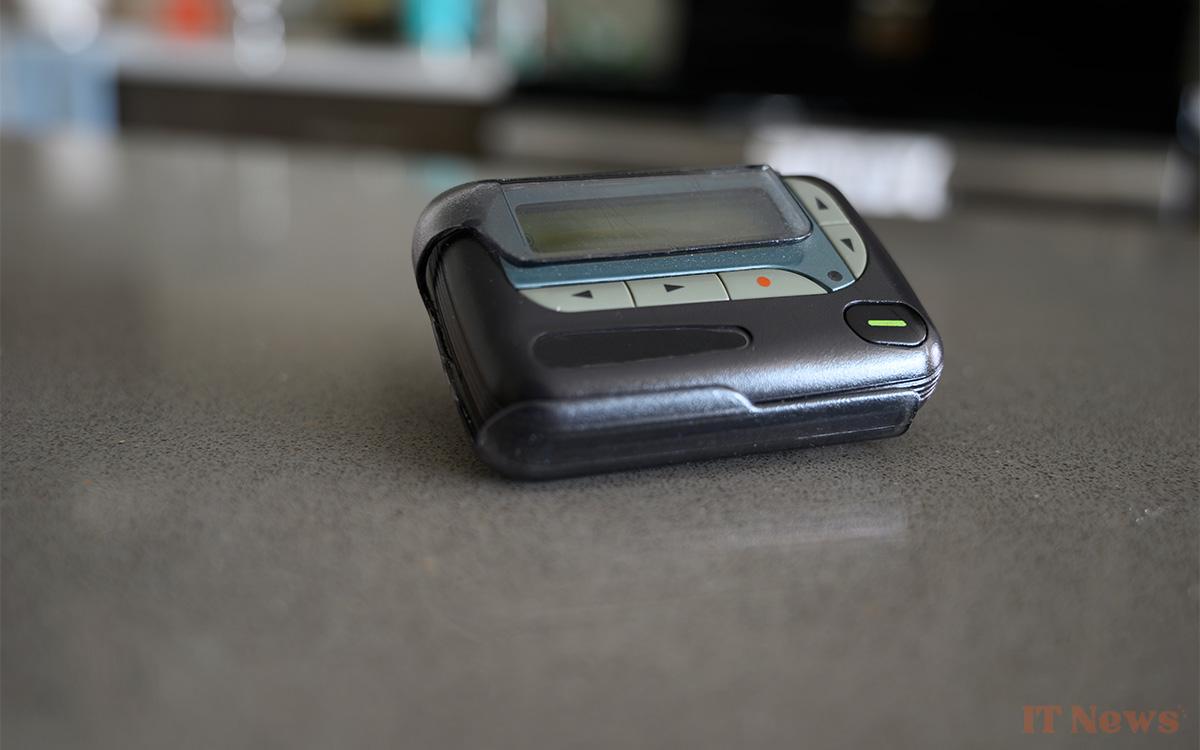143, 477, 1537… In recent years, more and more young people have been using coded messages to communicate on social media and messaging services. Where do they come from and what do they mean? We'll explain everything.
If you're a parent, you may have innocently taken a peek at your teenager's conversations without understanding much. This is due to the presence of these mysterious coded messages, which have been very popular among young people in recent years.
Don't worry, however, these series of numbers don't necessarily indicate that your child is hiding something unspeakable from you. In truth, these secret messages usually boil down to sweet nothings. A few years ago, they began to take off on TikTok, the kids' favorite app, before making their way to other apps like WhatsApp. We'll explain everything.
A TikTok trend that has become widespread
As mentioned above, it all started on the Chinese social network in 2023. Suddenly, teenagers started sending coded messages to each other to chat. This is how we saw millions of TikTok videos/trends with the number 143 flourish in just a few weeks. But what exactly does it mean?
You should know that the trend comes from the United States. Consequently, these numbers actually refer to words in English. Thus, 143 simply allows you to say Je t'aime or “I Love You” in the language of Shakespeare. To summarize, the code is deciphered by counting the number of letters in each word: one for I, four for “Love” and three for “You”. You get the idea. In the same way, you can add a 7 to the code 143 to get 1437, or “I Love you Forever”. Or 1432, for “I Love You Too” or “Je t'aime aussi”.
Also read: TikTok finally lets you chat with your groups of friends directly in the app
A shaky deciphering method and… which doesn't apply everywhere
Note, however, that this deciphering method is rather shaky… For good reason, if we follow the process to the letter, 143 can be applied to many other expressions like “I Hate You” or “Je te haines”. We are therefore far from the universal message of love touted on TikTok. Another important fact is that some codes don't seem to follow any logic. For example, we've seen messages on WhatsApp with the code 666, a number apparently used to comfort a stressed person... Surprising when you know its biblical meaning, namely the Devil's number.
In the same vein, 687 means "I'm sorry." Its explanation is a little more convoluted: the number 6 represents the letter S, the 8 for the O, and the 7 for the R (which is Sorry for short). Still following? The code 1122 is used to give someone strength, a message of encouragement if you will. But here again, there is no clear and precise origin of the code.
A legacy of the 90s
But contrary to what one might think at first glance, the users behind this TikTok trend didn't invent anything. In fact, these coded messages were already used in the 90s on pagers, devices that those under 20 years old cannot know.
For our younger readers, pagers were at the time the easiest way to be contacted in any circumstance, at least before the widespread use of cell phones. They could be used to type and send short messages using radio waves. This is the main strength of the pager, since it doesn't rely on the cellular network to transmit.
Completely obsolete in the age of smartphones, the pager is not dead. It has remained particularly popular in hospital settings for several reasons: its ease of use, its reliability, its immense battery life (around 6 days), and its compact size, similar to that of a pack of cigarettes. According to data shared by the media outlet The Conversation, more than 130,000 pagers are still in circulation around the world today.






0 Comments